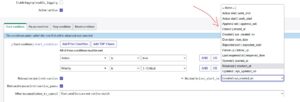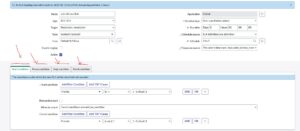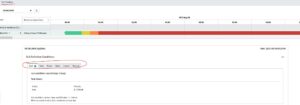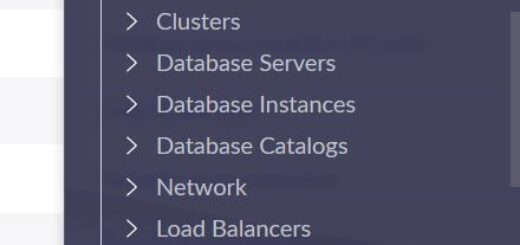What is SLA In ServiceNow and Retroactive start
If an interviewer ask you what is “Retroactive start“, what will be your answer?
I am in IT for more than 18 years, Retroactive start is something I heard after moving to ServiceNow Development.
What is Retroactive start?
Retroactive start is something you’ll see when you define an SLA (click the picture below)
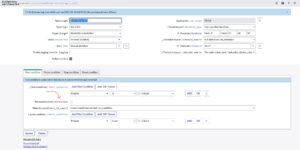 Importance of Retroactive Start
Importance of Retroactive Start
Imagine you have SLA configured on p1 incident.
If you closely check the screenshot above, SLA Resolution for p1 incident is 60 minutes which means any p1 incident has to be solved within 60 minutes else SLA will be breached.
Now imagine a situation, a new p1 incident is assigned to a technical team but the technician decided to change the priority to P2.
Now the incident is no more p1, it’s P2 which means theoretically that ticket doesn’t have to solve within 60 minutes. Are you getting my point so far?
Your manager got a call from the ticket creator and he asked about the p1 ticket but your manager said I don’t see any p1 ticket, I see a p2 ticket.
Caller asked your manager to change the priority to p1 because it’s business critical. Now in this situation what will be the SLA?
Will the SLA be 60 minutes or SLA for P2. You can decide SLA by using Retroactive Start condition(see attached Screenshot).
So if you want SLA to be calculated from the time ticket is created, Retroactive SLA is the option you should use. If you don’t use retroactive start, sla will be recalculated when ever you change the priority.
When you choose Retroactive SLA in ServiceNow, 2 more options will be enabled(click the picture below).
If I change set start to “created”, sla will be calculated from when the ticket created first time.
Other Options available with Retroactive Start
Imagine an other scenario, p1 ticket was handled by technical team and the team solved the issue but he cannot close the ticket without getting confirmation from caller.
If he keep the ticket under him, SLA is calculated. To avoid SLA breach in such situation, servicenow have an other option called Reset condition.
If my guess is correct, by now you should know what is retroactive start in SLA but do you know what exactly is SLA ?
SLA or service level agreement is an agreement between customer and service provider
 ServiceNow support 3 types of SLA depends on who is making the SLA
ServiceNow support 3 types of SLA depends on who is making the SLA
1. SLA : agreement between client and vendor
2. OLA :agreement between teams and service provider
3. Underpinning Contract: agreement between vendor and service provider
SLA definition table name: contract_sla
SLA Conditions vs SLA definition conditions or SLA timeline conditions
SLA conditions can be find when you configure the SLA and they are Start condition, pause condition, stop condition, reset condition
So if you get a question in your CSA what are the steps in SLA, the answer is start, pause, stop, reset
SLA definition conditions or SLA timeline conditions are start, stop, pause, reset, cancel and resume
If the question is related to timeline then the answer is start, stop and pause.




